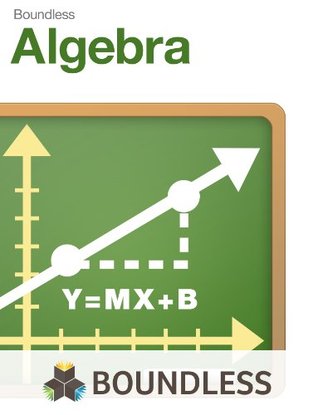number. There is one nonzero digit to the left of the decimal point
and the absolute value of the exponent on 10 records the number of
places the original decimal point was moved to the left. If instead
we have a very small number, such as 0.00059, we instead move the
decimal place to the right, as in the following:
0.00059 =
5.9
10000
=
5.9
10
4
= 5.9⋅10
−4
15
In standard form, the number is written out as you are accustomed to, the ones
digit to the farthest to the right (unless there is a decimal), then the tens digit to
the left of the ones, and so on. In scientific
...more
Welcome back. Just a moment while we sign you in to your Goodreads account.


